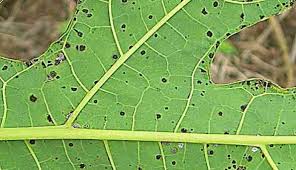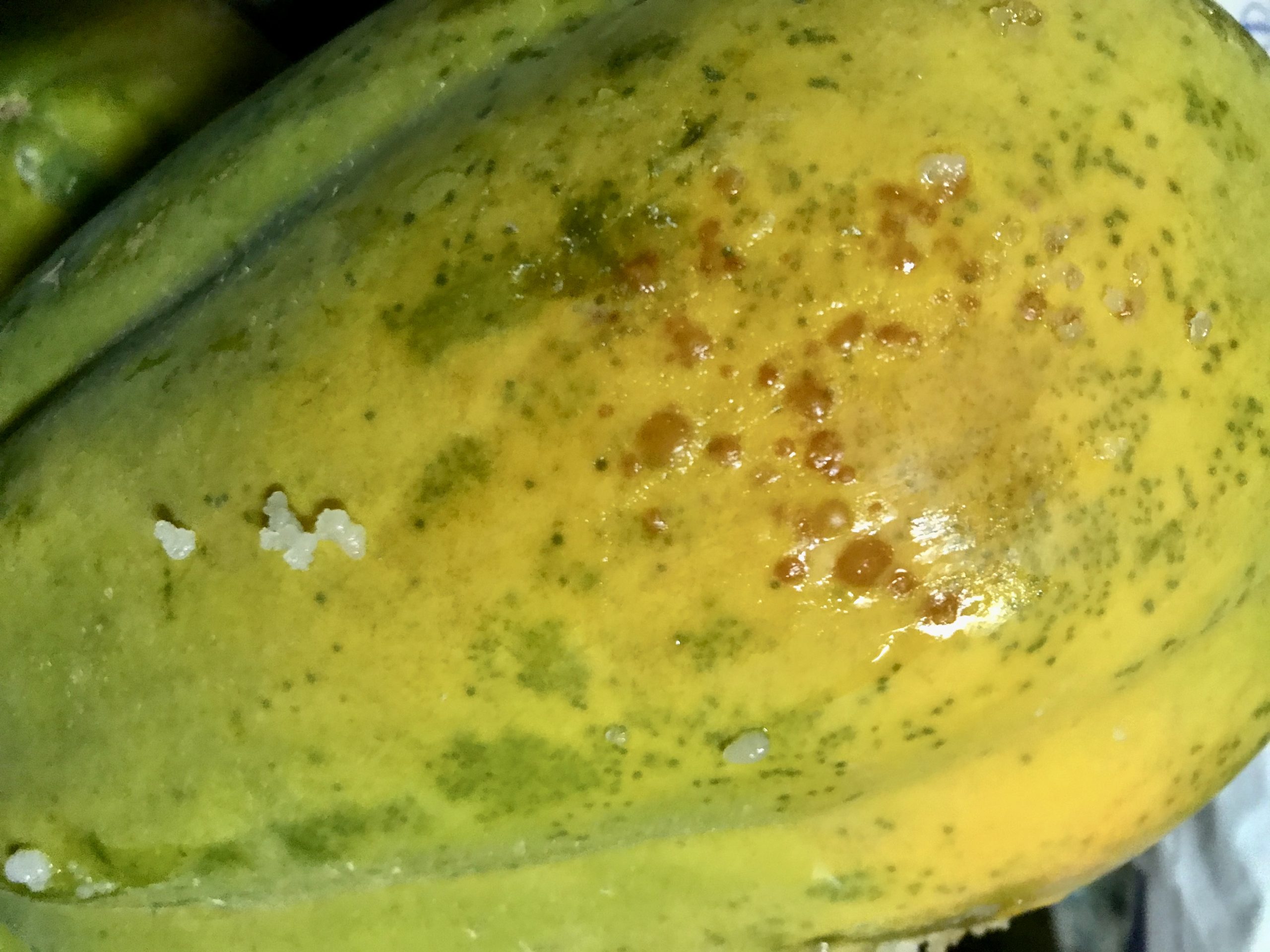Papaya Anthracnose
Anthracnose Of Papaya Trees: Learn About Papaya Anthracnose Control

What is Papaya Anthracnose?
It is one of the most widespread and devastating disease of papaya, especially during storage.
It is a major constraint to papaya production as well as to export of the fruit to bigger overseas markets.
Anthracnose infections are usually initiated in the field at early stages of fruit development, but the pathogen remains quiescent until the fruit reaches the climacteric phase.
The fungus is spread by wind and rain while disease emergence is favoured by high temperature and humidity.
The spores of this disease are spread in rainy, humid periods, by rain, splash back, plant to plant contact and unsanitized tools. Spore growth and spread is most common when temperatures are between 64-77 F. (18-25 C.). Spores infect the plant tissues then go dormant until around harvest time.
The disease can have a serious impact on refrigerated fruit for export.
Anthracnose of Papaya Trees



